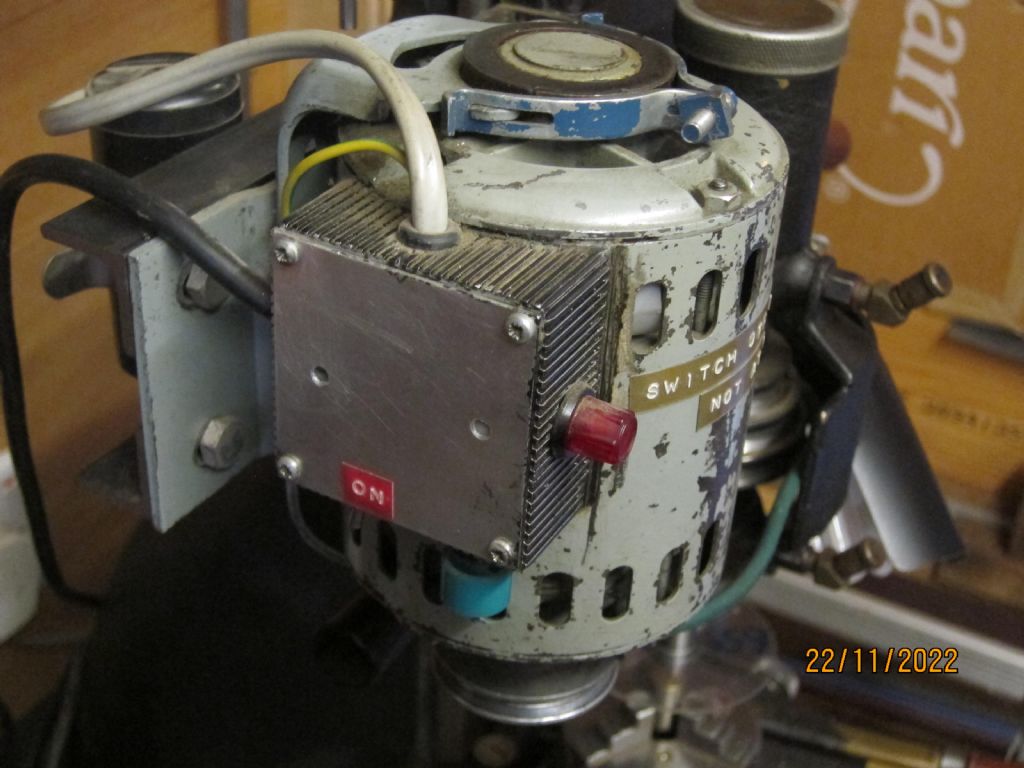Switching a capacitor in and out manually is not a normal fitment, this has been added to repair a motor with a faulty centrifugal switch! The single phase capacitor start motor is so configured to get over the problem of starting a 1 phase motor in the correct direction. If you disconnect the start winding and capacitor from a single phase motor, and apply power to it, it will remain stationary and just buzz! If you manually give it a spin it will run up to full speed, but will do so in whatever direction you give it the initial spin in. In reality if the motor comes to rest with (depending on design) the poles on the rotor exactly half way between the stator segments they will occasionally start, but with very low initial torque. A circuit consisting of a capacitor, a start winding and a centrifugal switch are connected in series, and the ends of the circuit are connecded in parralell with the run winding. the centrifugal sw is normally closed so that when power is applied to the motor the charging time of the capacitor delays the phase cycle through the start winding, and then discharges the capacitor through the the start winding, giving the rotor a high torque push in one direction and as the motor speeds up, the centrifugal switch opens and the motor continues on the run winding alone. This is why that to reverse a 1 phase motor you swap over the ends of the start winding, which reverses its polarity and gives the rotor the push in the opposite direction. In both cases it is effectively starting as a 2 phase motor, the difference in phase angle being provided by the delay time whilst the capacitor is charging. Not a simple explanation unless you have a nodding aquaintance with electics! That does look like an AEI motor, and if it is functioning adwquately in its present configuration I would leave it as is! Fractional HP motors are fairly easy to come by and not expensive, but a used British made motor is far better than a new one from China, unless you buy one of the more expensive(TEC are V Good) of the oriental ones. The cheap ones are VERY noisy and inneficient! a single phase 1/2hp TEC motor is about £80 new!
AdrianR.






